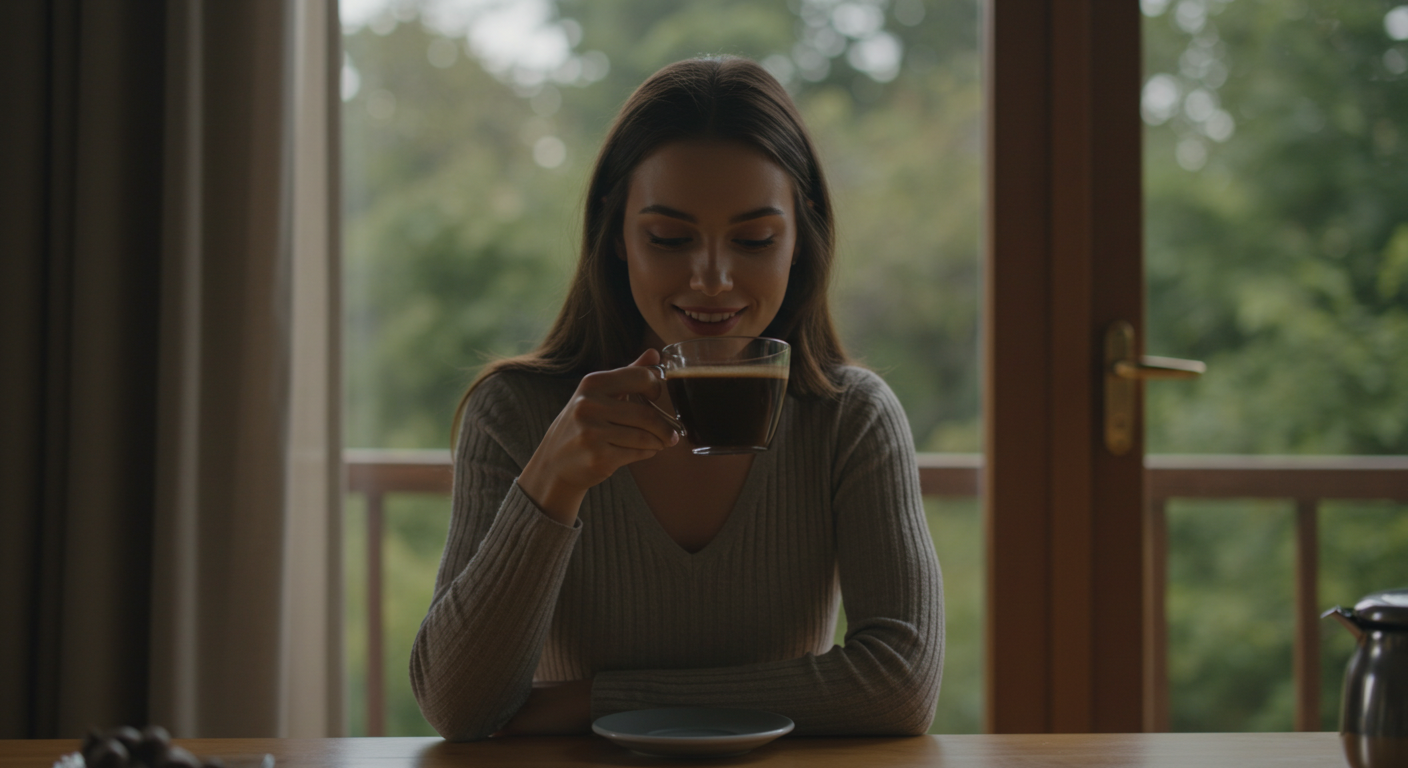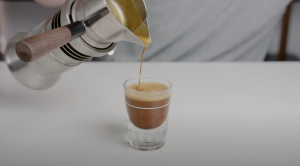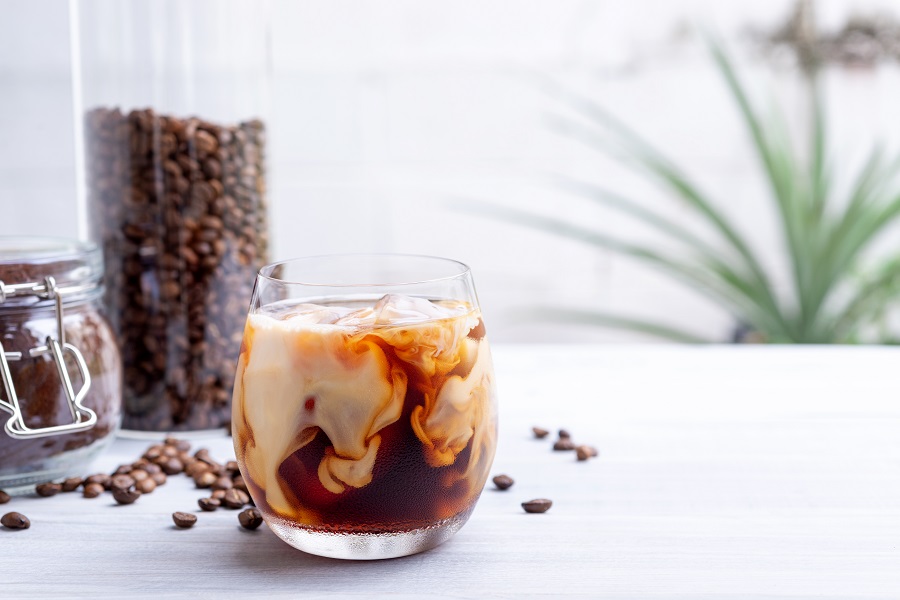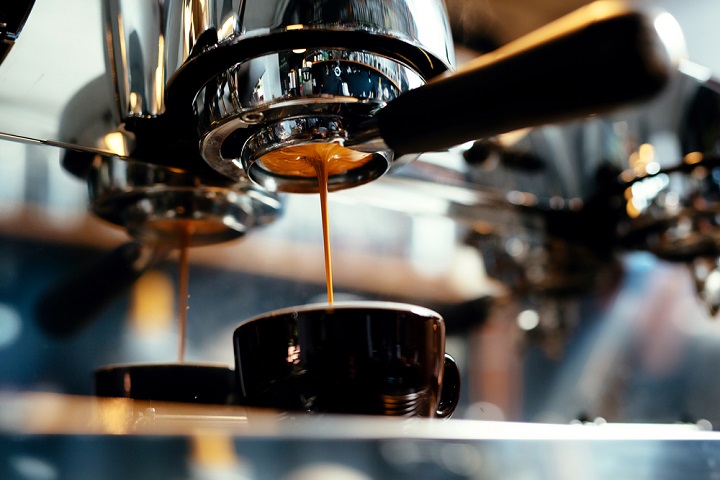If you type “Whats the cheapest way to make good coffee at home?” into a search bar you’ll find millions of opinions but few hard numbers. Cafés charge an average $3.08 for basic drip and $5.46 for a latte. At the same time the Bureau of Labor Statistics lists supermarket ground coffee at roughly $7.25 per pound—enough for about 30 cups when you brew at the recommended 15 g dose. First Source Credit Union Do the math and that’s $0.26 a mug before equipment costs.
What We'll Cover
- The Real Economics of DIY Coffee
- Cheapest Brewing Gear That Still Tastes Great
- 10 Budget Brewing Hacks
- Beyond the Brewer—Hidden Savings in Ingredients
- FAQs
- Whats the cheapest way to make good coffee at home without a machine?
- Can I reuse coffee grounds?
- Is making coffee at home cheaper?
- Is it cheaper to grind coffee yourself?
- Is it cheaper to buy instant coffee or ground coffee?
- How to make coffee at home taste like a coffee shop?
- What method makes the smoothest coffee?
- Is AeroPress better than French press?
- Is it cheaper to use coffee beans or pods?
- Is coffee better with milk or water?
- Sample 7‑Day Cost‑Cutting Challenge
- Putting It All Together
- Final Takeaway
The gap explains why one finance study found home brewers can cut annual coffee spending from $1 200 to just $45. First Source Credit Union And according to the National Coffee Association, 83 % of Americans now drink at least one cup at home every day—up 4 percentage points since 2020.
Ready to join the savings wave without surrendering flavor? The step‑by‑step tips below will show you exactly how.
The Real Economics of DIY Coffee
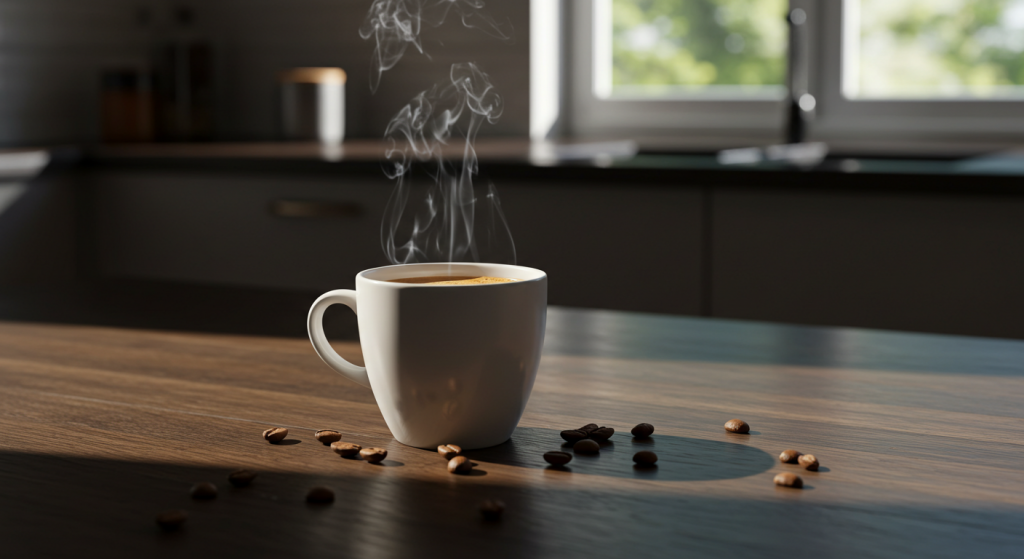
| Scenario | Cups/Week | Annual Cost at Café | Annual Cost at Home | Savings |
|---|---|---|---|---|
| Daily drip (5 days) | 260 | $801 | $76 | $725 |
| Daily latte (5 days) | 260 | $1 420 | $180 | $1 240 |
Assumes café prices above; home cost $0.29 drip, $0.69 latte (coffee + milk + gear amortized).
Financial advisers like those interviewed by F‑Source say the question “make or buy?” is less about pennies than mindset: small daily wins reinforce bigger money habits.
Cheapest Brewing Gear That Still Tastes Great

Below are four manual brewers priced under $50. They’re durable, need no electricity, and churn out café‑quality cups when paired with fresh beans.
| Method | One‑Time Cost | Brew Time | Flavor Profile | Why It’s Cheap & Good |
|---|---|---|---|---|
| Plastic Hario V60 (Size 02) | $12 | 3–4 min | Bright, tea‑like clarity | Filters cost <2 ¢; dripper is nearly unbreakable. |
| French Press (34 oz glass) | $16–20 sale price | 4 min steep | Full‑bodied; natural oils | No disposable filters—just hot water + grounds. |
| Stovetop Moka Pot (6‑cup) | $30 | 5 min heat | Intense, espresso‑adjacent | Works on any burner; metal lasts decades. |
| AeroPress | $50 | 2 min press | Syrupy or clean | Travels well; paper filters 500‑pack <$10. |
Which is “best”?
Choose the profile you crave: clarity (V60), body (French press), espresso vibes (moka pot) or versatility (AeroPress).
Skip‑For‑Now Upgrades
- Burr grinder – wonderful, but you can start with pre‑ground or ask your roaster to grind.
- Gooseneck kettle – helpful for pour‑over precision; a standard kettle plus patience works.
10 Budget Brewing Hacks

-
Weigh, Don’t Scoop
A $10 kitchen scale keeps the coffee‑to‑water ratio consistent, preventing waste and bitterness. -
Rinse Paper Filters
Hot water rinse eliminates papery taste and pre‑heats your mug—a double win for zero cost. -
Use 195–205 °F Water
Bring water to a boil, wait 30 seconds. Too cool and coffee tastes sour; too hot and it’s bitter. -
Bloom Older Coffee
Pour 2 × coffee weight in water (e.g., 30 g water for 15 g grounds) and let sit 30 sec. Degassing improves extraction. -
Stir or Swirl
Break the crust in French press or swirl AeroPress slurry. Even extraction means sweeter flavor. -
Four‑Minute Rule (French Press)
Steep exactly four minutes, press gently; longer steep equals sludge, shorter equals thin body. -
Turn Off Autoplay… on Yourself
Limit café runs by scheduling a “coffee prep” block in your morning routine—habit beats temptation. -
Bulk‑Buy Filters & Beans
A 100‑pack V60 filter bundle costs <$4 online. Freeze half your fresh beans in an airtight bag to lock flavor. -
DIY Flavored Lattes
Add cinnamon or cocoa to the grounds, not the cup. You’ll get infused flavor for pennies and skip sugary syrups. -
Clean Immediately
Rinse oils with hot water after every brew; deep‑clean weekly with 1 tbsp baking soda. No fancy detergents needed.
Beyond the Brewer—Hidden Savings in Ingredients
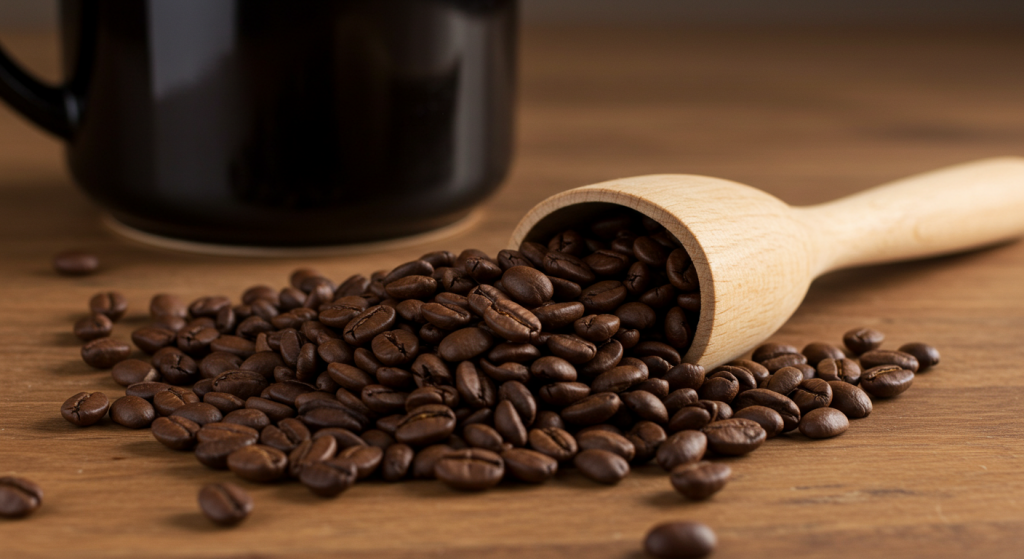
1. Beans: Supermarket vs. Specialty
-
Supermarket Budget
• $8–$10 /lb commodity Arabica
• Roast date often unknown—use within two weeks of opening. -
Local Roaster
• $14–$18 /lb (12‑oz bag) single‑origin
• Fresher date yields more cups per gram because you can dose slightly lighter (13 g vs. 15 g).
Cost per cup often evens out when quality permits smaller doses.
2. Water Quality
Hard or chlorine‑heavy water flattens flavor. Filter jugs cost ~$25 and last months; each filter averages $0.05 per gallon— less than a penny per cup.
3. Milk & Alt Milks
Buy half‑gallon store‑brand dairy or oat for $3–$4. Steam in a $15 handheld frother if you want café foam.
FAQs

Whats the cheapest way to make good coffee at home without a machine?
Use a $12 plastic V60 or a $16 French press—both need only hot water and a mug.
Can I reuse coffee grounds?
No. Spent grounds yield bitter, weak brew and could harbor bacteria—toss them in your compost instead.
Is making coffee at home cheaper?
Yes—home drip costs $0.29 a cup versus $3.08 at a café, saving roughly 90 %.
Is it cheaper to grind coffee yourself?
Usually. Whole beans stay fresher longer, and buying in 1‑lb bags can shave 10–20 % off the price per ounce compared with smaller pre‑ground packs. A $45 manual burr grinder pays for itself in a few months of café savings.
Is it cheaper to buy instant coffee or ground coffee?
Instant runs 12–15 ¢ per 8‑oz cup, slightly lower than our 26 ¢ fresh‑ground cost—but taste and aroma drop off sharply. Most budget brewers choose ground beans for the flavor jump that’s worth the extra dime.
How to make coffee at home taste like a coffee shop?
Use freshly roasted beans, filter your water, nail the 1:15 coffee‑to‑water ratio, and control temperature (195–205 °F). For lattes, steam milk with a $15 handheld frother to mimic café micro‑foam.
What method makes the smoothest coffee?
Cold brew and AeroPress (paper‑filtered) produce low‑acid, chocolate‑smooth cups with little bitterness—ideal if you want mellow flavor without spending big.
Is AeroPress better than French press?
Cleaner vs. richer. AeroPress yields a sediment‑free, espresso‑like brew in 2 minutes; French press offers fuller body but can taste muddy if over‑steeped. Both cost under $50, so pick your texture preference.
Is it cheaper to use coffee beans or pods?
Whole beans win by a landslide—about $0.25–$0.35 per cup versus $0.60–$0.90 for single‑serve pods. Pods add convenience, not savings.
Is coffee better with milk or water?
Purely personal. Milk softens bitterness, adds calories and cost (~$0.40 per latte), while black coffee delivers the bean’s unmasked flavor at the lowest price. Test both and see which makes your taste buds—and budget—happiest.
Sample 7‑Day Cost‑Cutting Challenge
| Day | Action | Daily Savings vs. Café |
|---|---|---|
| Mon | Buy plastic V60 online | –$12 (one‑time) |
| Tue | Practice 1:15 brew ratio | +$2.79 |
| Wed | Pack travel mug from home | +$3.08 |
| Thu | Try moka pot “espresso” | +$5.00 (latte swap) |
| Fri | Freeze half your beans | Protects investment |
| Sat | DIY vanilla latte | +$4.77 |
| Sun | Review weekly spend | ≈ $20 net saved |
Repeat weekly and you’ll pocket over $1 000 per year.
Putting It All Together

- Select a brewer under $20–$50 that matches your flavor goals.
- Master the basics: 15 g coffee to 225 g water; 195–205 °F water temp; 3–4 min brew.
- Iterate with tiny tweaks—grind size, stir technique, bloom time. Keep notes on your phone.
Within a month you’ll no longer wonder “Whats the cheapest way to make good coffee at home?”—you’ll taste the answer in every balanced, budget‑friendly sip.
Final Takeaway
Café coffee isn’t just pricey; it locks you into someone else’s recipe. Home brewing flips the equation—more control, less cost, better sustainability. Equip yourself once, practice daily, and your mug will hold not just coffee but proof that small changes brew big rewards.
The responses below are not provided, commissioned, reviewed, approved, or otherwise endorsed by any financial entity or advertiser. It is not the advertiser’s responsibility to ensure all posts and/or questions are answered.
